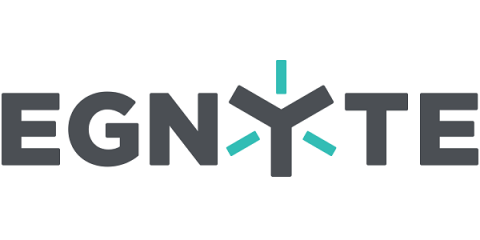A Short Guide to Content Governance
The COVID-19 pandemic pushed more employees to work from home than ever before. While this shift has many advantages—including reduced office space costs and more geographic flexibility—it also leads workers to access data from a variety of entry points.











